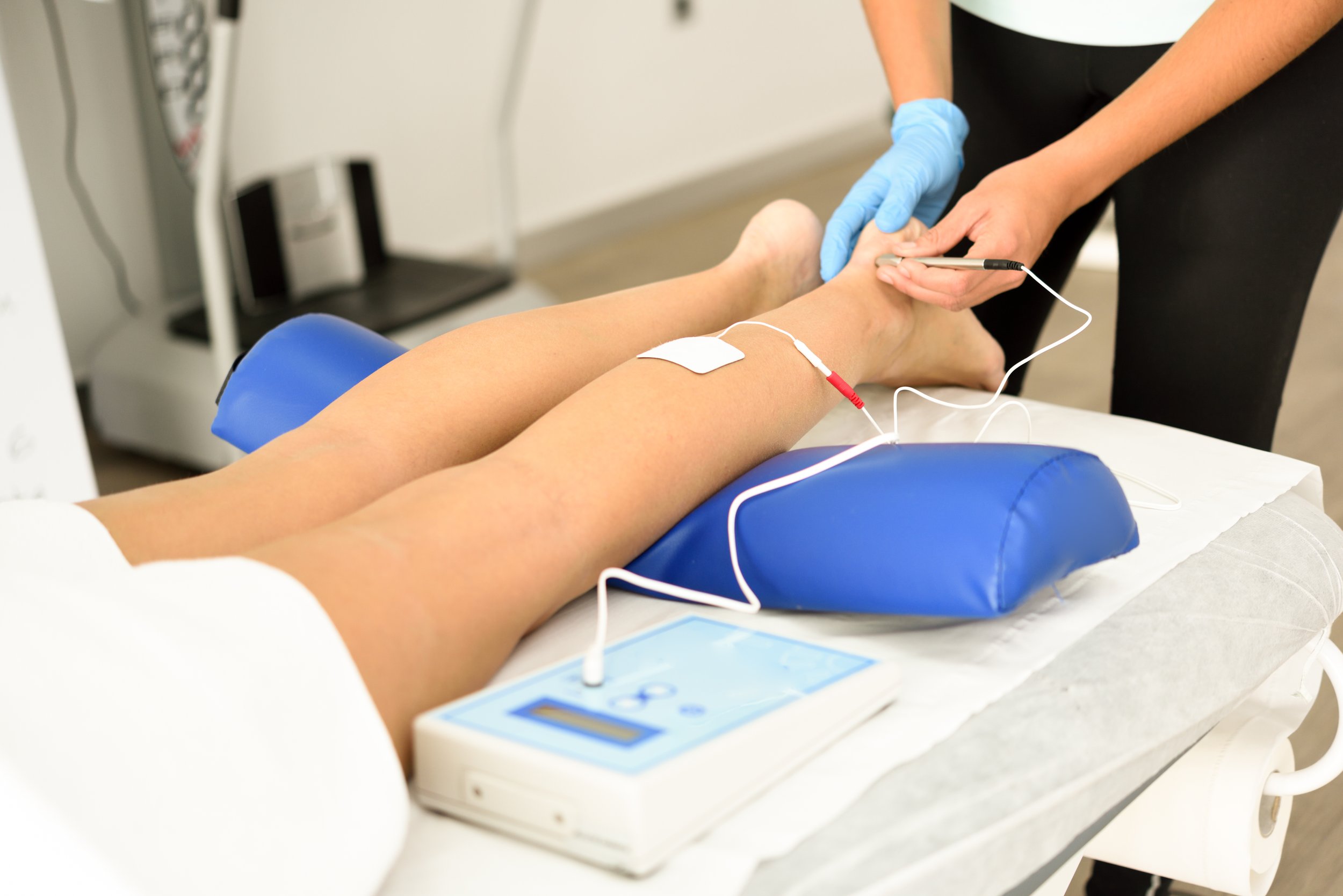
Motor Point Acupuncture
Motor point acupuncture (MPA) can be part of your physiotherapy treatment or part of your TCM Acupuncture treatment if deemed appropriate through your assessment.
It is a treatment approach for myofascial pain syndromes that are of neuropathic origin (nerve generated). Like all of our Acupuncture treatments, MPA utilizes single-use sterile acupuncture needles into specifically targeted muscles that are shortened as a result of neuropathic pain. Motor point acupuncture is structured with the same principles of IMS (inter-muscular stimulation) and are at the origins of the development of IMS.
What is Motor Point Acupuncture and how does it work?
Motor Point Acupuncture (MPA) is an effective treatment for acute and chronic pain of neuropathic origin. It is based on scientific neurophysiological principles. MPA involves the insertion of fine acupuncture-type needles into the body where muscles have shortened or contracted. It is problems at these points that are often at the root of long-term pain. While a muscle is tight and contracted it can't heal properly-with MPA you are stimulating a healing process and helping the muscles to relax.
Motor Point Acupuncture causes 3 things to happen in the muscle:
A stretch receptor in the muscle is stimulated, producing a reflex relaxation (lengthening)
The needle casques as a small injury that draws blood to the area, initiating the natural healing process
The treatment creates an electrical potential in the muscle to make the nerve function normally again
What are the benefits of Motor Point Acupuncture?
The goal is to release muscle shortening, which presses on and irritates the nerve. Super-sensitive areas can be desensitized, and the persistent pull of shortened muscles can be released. MPA treated the underlying neuropathic condition that causes the pain. MPA treatment is, therefore, best suited to treat soft tissue pain that shows no obvious sign of ongoing tissue damage or inflammation, such as many forms of neck/back pain, tennis elbow, frozen shoulder and fibromyalgia, amongst others. It is often effective when other forms of therapy have failed.
What does it feel like?
The treatment typically produces an achy and/or cramping sensation while the needle is in the muscle. After a time ranging from seconds to a few minutes, the muscle typically relaxes and is usually accompanied by welcomed relief within 24-48 hours.
Frequency of treatment
Treatments are usually once a week but can be spread out to two weeks, to allow time between treatments for the body to heal itself. The number of treatments you require will depend on several factors such as the duration and extent of your condition, how much scar tissue there is and how quickly your body can heal.
The Spectra Difference
Depending on your personal relationship with your body, your health and your beliefs, you may choose to keep your assessment and treatment purely biomechanical or you may want to include some aspects of Traditional Chinese Medicine in your MPA treatment. This may include adding some Acupuncture points on the meridians of affected muscles and neuropathways to help further balance your system and help your body integrate the treatment with more ease. MPA can also be combined with cupping adding a component of increased circulation and fascial release to your treatment. You may even choose to include herbal medicine to help address some of the more internal contributions to chronic pain.
